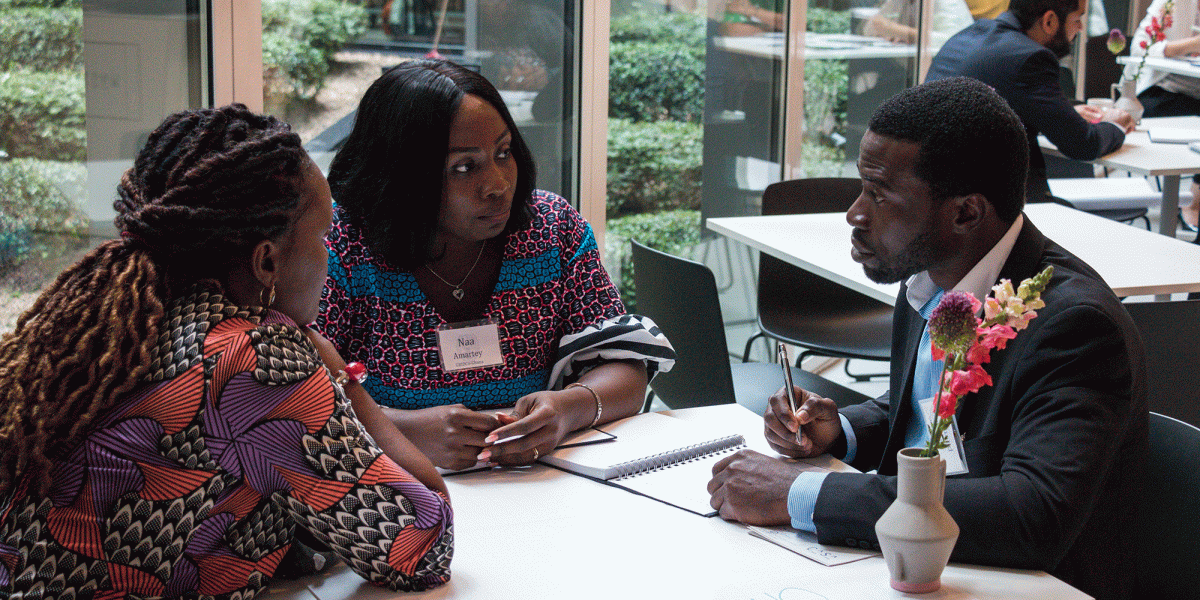Organizational Goal Setting for Gender Equality and Inclusion
Download the guide This guide supports workplace managers and staff to set and make progress towards their organizational gender equality, diversity, and inclusion goals.
Setting gender equality as a corporate goal enables leadership to plan and commit the time and resources needed to change organizational culture and achieve gender equality and inclusion. Goal setting also allows organizations to take a systematized approach, benchmark progress, and establish longer term plans for sustained impact.
Organizations that successfully increase gender equality in the workplace use an evidence-based and systematic approach to identify, set, and benchmark goals.
Use Data to Assess Gaps, Opportunities, and Challenges
After conducting a gender gap assessment and identifying opportunities to implement gender equality interventions at an organization, it might be difficult to prioritize what to do first. Before setting goals to achieve gender equality, each organization should:
- Analyze gender parity,
- Review gender policy,
- Inventory implemented practices, and
- Analyze equity.
With this information, an objective analysis can be holistically conducted to identify where there are inequalities and imbalances within the organization’s employee lifecycle and culture. This should always be the basis of goal and target setting.
Systematically Prioritize Goals, Targets, and Activities
Delivering Gender Equality: A Best Practices Framework for Male-Dominated Industries is a gender equality toolkit that provides a phased approach for improving gender equality across the employee life cycle. Not all of these practices can be tackled at once. Evaluating the needs of an organization, setting priorities, and using a phased approach will bring rigor and order to an organization’s gender equality strategy.
Differentiate Between Short-, Medium-, and Long-Term Objectives
Setting short-, medium-, and long-term gender equality objectives will help organizations prioritize actions and set time-bound goals.
Long-term objectives are overarching gender equality goals that require the successful implementation of short- and medium-term actions. Accomplishing long-term objectives can take three to five years.
Medium-term objectives contribute to long-term objectives and build on the progress made by short-term activities, frequently over the course of one to two years.
Short-term objectives are smaller adjustments accomplished in a shorter time frame (less than one year) that create impact and motivation with quick wins, but may not be sustainable without acting on them within the context of working toward medium and long-term objectives.
Strategic vs. Ad Hoc Programmatic Interventions
Another important consideration when setting priorities is to recognize the difference between strategic vs. programmatic ad hoc interventions. While programmatic ad hoc interventions can be helpful, they should contribute to the broader gender equality strategy and the organization’s long-term goals.
Ad hoc programmatic interventions are not embedded in a strategic plan, and may not support the overall gender equality strategy or vision. At times, ad hoc programmatic activities are worthy of implementation if they contribute to achieving set goals, but they should be paired with, or incorporated into, long-term strategic interventions.
Strategic interventions are oriented towards long-term, sustainable, systematic changes following a data-driven approach and a clear vision.


